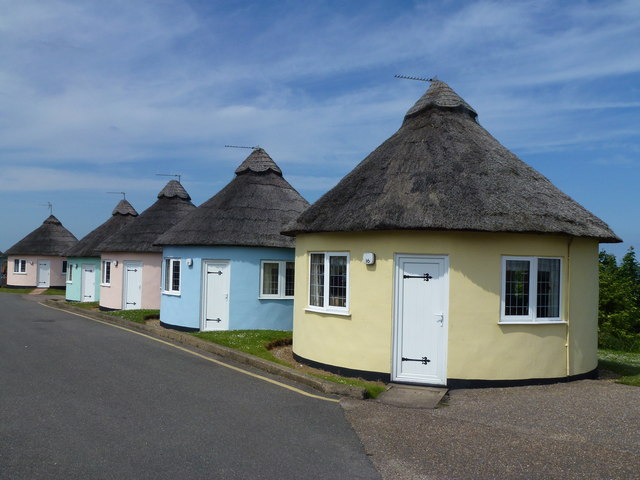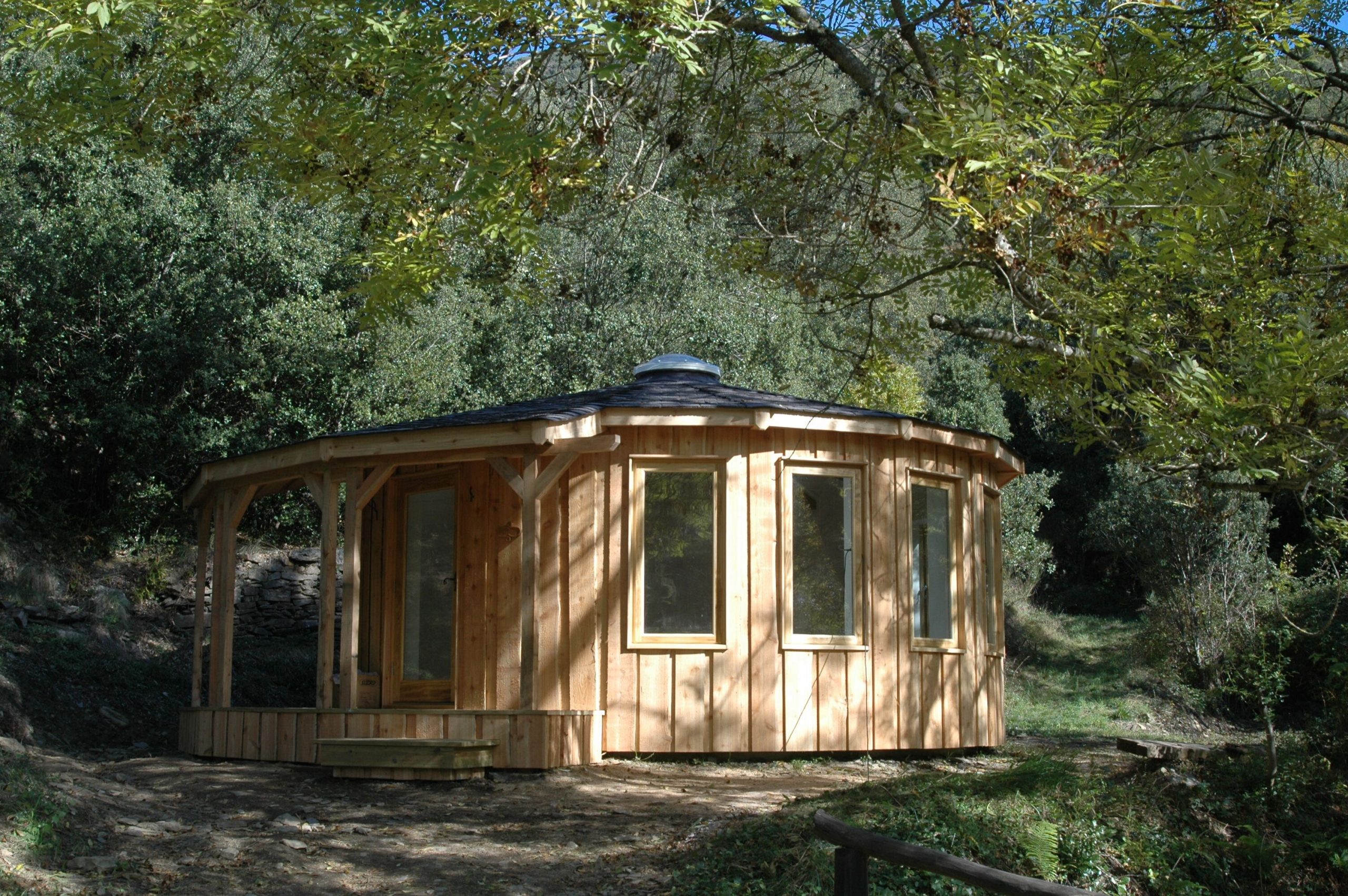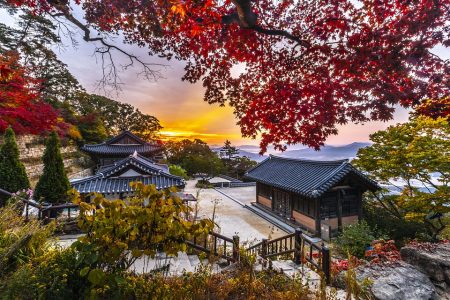Summary
Types of roundhouses
Why choose a roundhouse?
How to choose it?
The price of the roundhouse
The detached house is not necessarily a block or a juxtaposition of square or rectangular blocks. The habitat evolves, and the forms of house join what the ancestral constructions had retained from the architecture of the yurts, igloos and tipis: the round is easy to build and maintain. After the round towers of collective housing, the roundhouse, be it domed, polygonal round or even spherical, is becoming trendy in individual housing.
Types of roundhouses
Is the round only at the base of the construction as on a round tower? Does the whole house have to be round, therefore in the shape of a sphere? Is a half-sphere shaped dome house a roundhouse? Questions that have no answer because they are so subjective. When we talk about roundhouses, we will mainly focus on homes whose corners are very open (hexagonal houses) or non-existent (or almost).
The spherical house
More used in HLL (light leisure housing) and bungalows than in residences, the spherical house is a ball without any angle in which too much volume is lost due to shape constraints. This characteristic increases disproportionately the cost of construction per square meter of real living space. Even if it is the most “round” of houses, it remains the least common.
The hexagonal house
Rather than building in 4 faces, it is enough to multiply the angles of a closed structure to make it circular or almost circular. Like an octagonal swimming pool with a circular appearance, the polygonal house has an apparent curvature of the roundhouse’s walls. Although hexagonal, its roof appears pointed, making it slightly different from the traditional home except for the interior.
The domed house
It is the most famous of the roundhouses: the circular wall and domed roof have no corners. Only gentle curves form the shape of the construction, both inside and outside. In particular, the domed house gave birth to the modern revolving house, which is oriented by following the sun’s path.
Why choose a roundhouse?

First of all, one chooses a roundhouse, thus of unusual shape, for very personal criteria that each one will place in a different order among :
Originality
The originality of the construction makes it possible to have a genuinely personal and different house from its neighbour’s pavilion.
Habitability
The habitability is preserved with the ground surface, which allows not to create attics and volumes lost during construction, but favours the optimization of spaces.
Ease of construction
The ease of construction and self-construction is undeniable. This is mainly when a wooden dome house is sold in kit form or any rise (standard surface).
Conviviality
The friendliness of the open volumes revolving around a heart, really qualifiable as a living room, and the ease of creating arrangements (fireplace, networks …) make it a friendly house and full of charm.
Savings
Savings are made both at the time of purchase (construction, self-construction, kit…) and afterwards, thanks in particular to significant energy savings (ease of BBC labelling, passive house, Bepos…).
How to choose it?
To choose a roundhouse, you just have to go on the Internet and visit the builders’ websites and the distributors of kit houses. You can also buy plans from an architect and start self-building (or look for a master builder).
The comparison between the different proposals must be closely studied: remarkably, the cost price of the habitable m², the criteria of comfort and insulation, and the possibilities of evolution (revolving house, options of extension…). In general, domed, polygonal and spherical houses are wooden or timber-frame houses that allow for easy modifications.
Once the choice is well oriented, it will be necessary to make sure with the town of implantation that the urban planning documents (PLU in particular) authorize this type of architecture and deliver the building permit.
Good to know: exceptionally comfortable with the requirements of the RT2012, the new roundhouse must still meet at least the needs of the BBC standard. The BBC, passive house, HQE, and Bepos labels entitle the buyer to tax incentives and subsidies for the energy transition (PTZ, eco PTZ, property tax exemption, etc.).
The price of the roundhouse
The price per m² of living space of the different round houses depends on each builder, especially on the construction level since the complete self-construction, the home in kit delivered with technical assistance or the house is offered, turnkey. On average, compared to an economical traditional construction (builder’s catalogue house), the roundhouse represents an extra cost of about 10 to 15 %, i.e. around 1 500 $/m² habitable.
Please note: Please note the difference between the living area, which applies to the floor area of the premises with a ceiling height ≥ 1.8 m and the constructed floor area. A dome house with more than 280 m² of floor area may only allow half of the living area.




